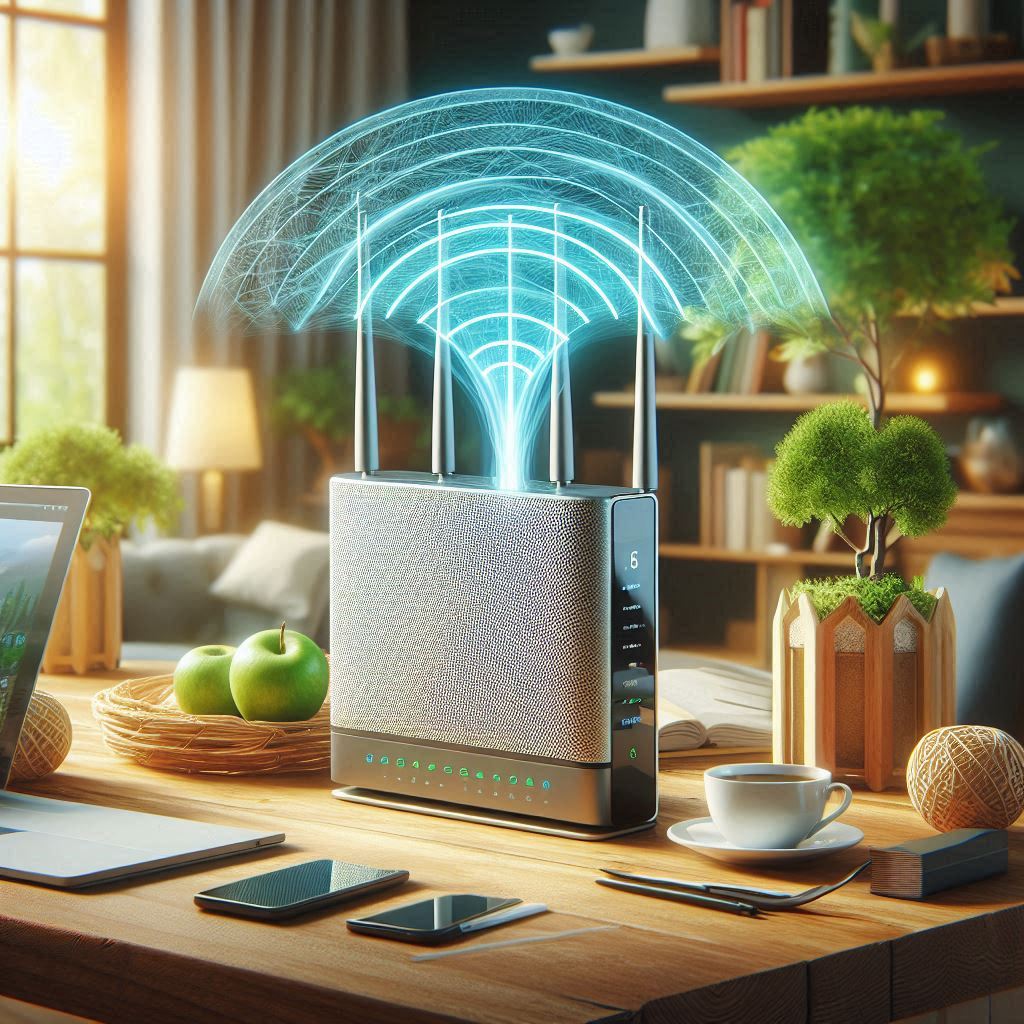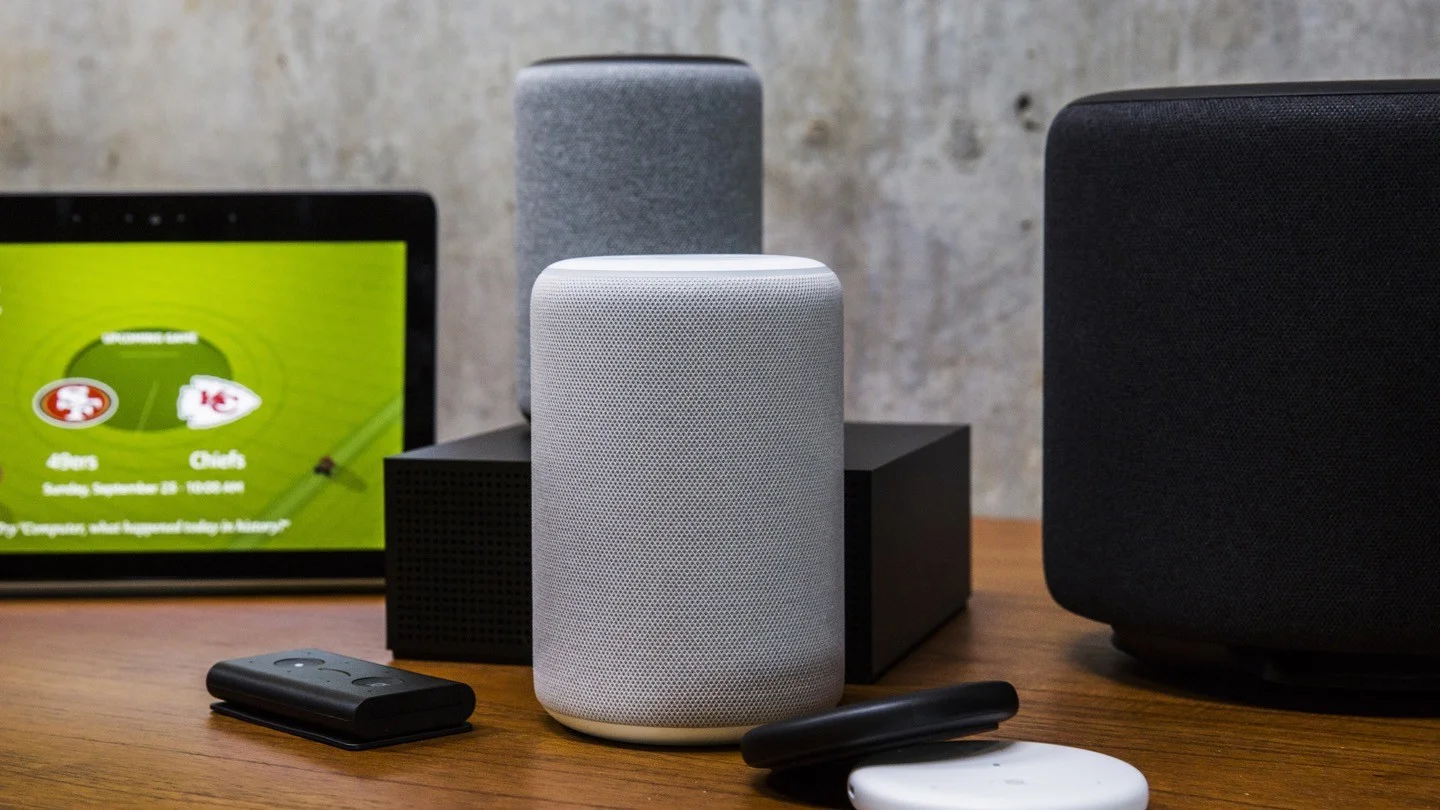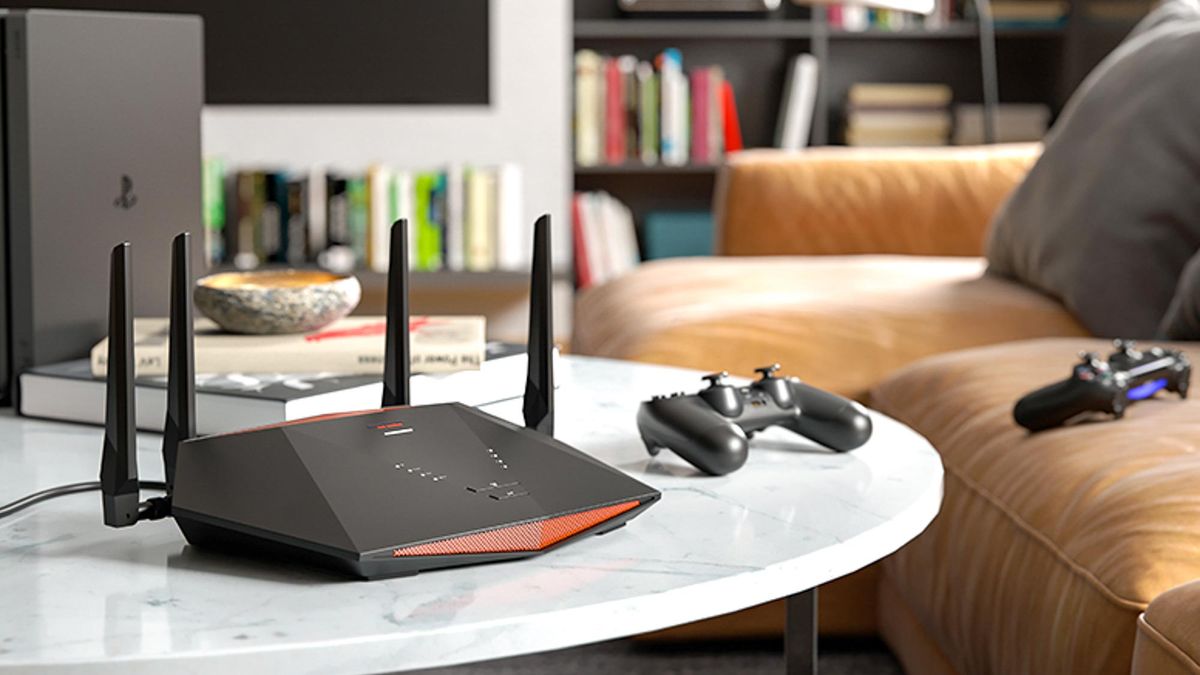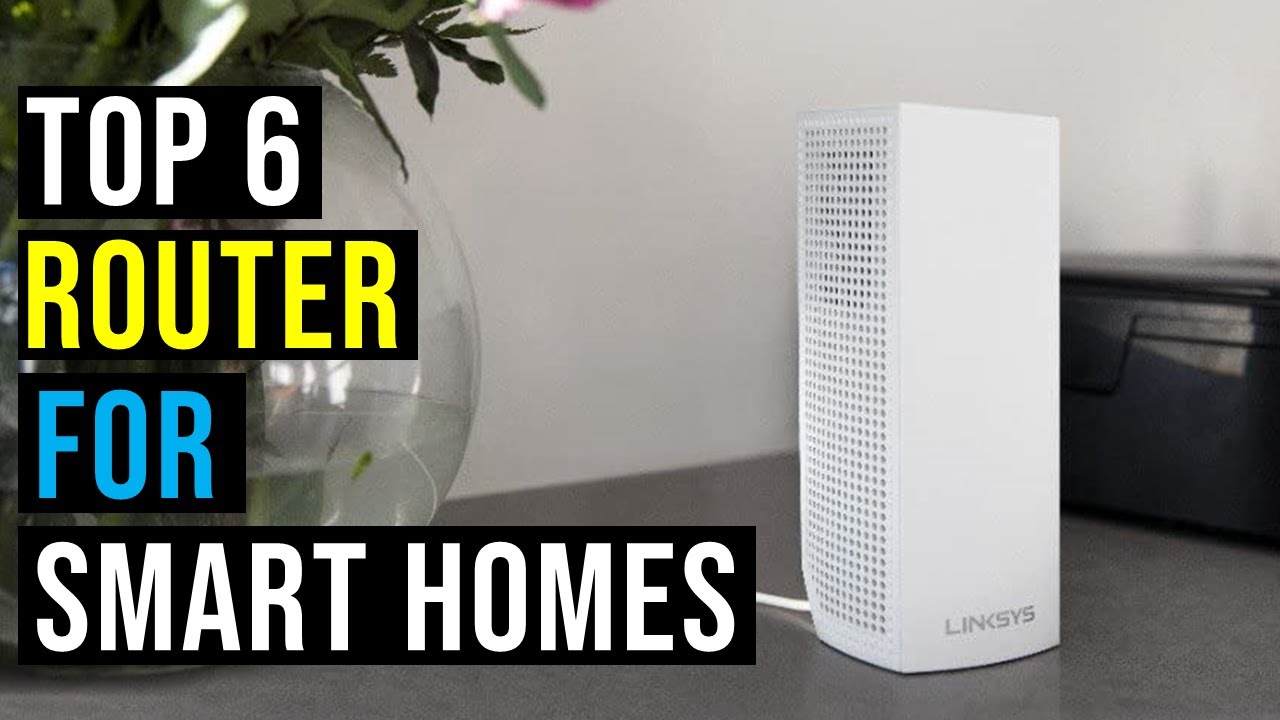Your network devices are the gateway to your digital world. If they’re not secure, you leave yourself open to hackers, data theft, and costly downtime.
But securing these devices doesn’t have to be complicated or overwhelming. You’ll discover simple, effective steps you can take right now to protect your network. By the time you finish reading, you’ll have the confidence and knowledge to keep your devices—and your data—safe from threats.
Ready to take control of your network security? Let’s get started.
Assess Network Device Risks
Securing network devices starts by knowing the risks they face. Assessing risks helps protect your network from attacks.
Understanding weak points allows you to focus on fixing the most important issues first.
Identify Vulnerable Devices
Find all devices connected to your network. Check for outdated software and weak settings.
Devices with old firmware or default passwords are easy targets for hackers.
- Routers with old firmware
- Unpatched switches
- Unsecured wireless access points
- IoT devices lacking updates
Evaluate Potential Threats
Think about who might attack your network and how. Look at common threats that affect your devices.
Threats include malware, unauthorized access, and data theft. Know the risks to prepare better defenses.
- Malware infections from unsafe downloads
- Hackers exploiting weak passwords
- Data breaches through unprotected devices
- Denial of service attacks on network devices
Implement Strong Access Controls
Securing network devices is important to protect data and prevent attacks. Access controls help limit who can use and change these devices.
Strong access controls make it harder for unauthorized users to gain control of your network devices.
Use Complex Passwords
Passwords are the first line of defense for network devices. Use long and complex passwords to make guessing difficult.
Include letters, numbers, and symbols in your passwords. Avoid using common words or easy patterns.
- Use at least 12 characters
- Mix uppercase and lowercase letters
- Add numbers and special characters
- Do not reuse passwords across devices
Enable Multi-factor Authentication
Multi-factor authentication (MFA) adds an extra security step. It asks for more than just a password to log in.
This can include a code sent to your phone or a fingerprint scan. MFA makes it harder for attackers to access devices.
- Use MFA on all network devices
- Choose authentication apps or hardware tokens
- Regularly update MFA settings
Limit User Privileges
Give users only the access they need to do their jobs. This limits damage if an account is compromised.
Use roles to control who can view, change, or manage network device settings.
- Create different user roles
- Assign minimum privileges required
- Review and update user access regularly
Keep Firmware And Software Updated
Network devices need updates to stay safe. Firmware and software updates fix security problems.
Updating devices helps stop hackers from entering your network. It keeps your data protected.
Schedule Regular Updates
Set a clear schedule to update all network devices often. Regular updates reduce security risks.
Check for new firmware or software versions at least once a month. Plan updates during low-usage times.
- Mark update dates on your calendar
- Automate updates when possible
- Test updates on one device first
- Keep a backup before updating
Apply Security Patches Promptly
Security patches fix known weaknesses quickly. Apply patches as soon as they are available.
Delaying patches leaves devices open to attacks. Always review patch notes to understand changes.
- Enable automatic patch downloads
- Prioritize critical security patches
- Monitor vendor announcements for patches
- Document each patch application

Credit: www.esecurityplanet.com
Configure Firewalls And Intrusion Detection
Network devices need strong protection to keep data safe. Firewalls and intrusion detection systems help block attacks and alert you.
Setting up firewalls and monitoring suspicious activity are key steps to secure your network devices.
Set Up Firewalls Properly
Firewalls control traffic entering and leaving your network. Configure rules to allow only trusted connections.
Use strong rules that block unwanted access but let needed data flow smoothly.
- Disable unused ports and services
- Allow only specific IP addresses if possible
- Update firewall software regularly
- Use both hardware and software firewalls
Monitor For Suspicious Activity
Intrusion detection systems watch network traffic for unusual behavior. They alert you to possible attacks.
Regularly check logs and alerts to find and stop threats early.
- Set alerts for multiple failed login attempts
- Look for traffic from unknown sources
- Review logs daily or weekly
- Use automated tools to spot threats faster
Encrypt Network Communications
Encrypting network communications protects data from hackers. It keeps information private and safe.
Without encryption, sensitive data can be stolen or changed. Use strong encryption to secure your network devices.
Use Vpns For Remote Access
VPNs create a secure tunnel for remote connections. They hide data from outsiders on public networks.
Using a VPN helps workers access the network safely from any location. It reduces the risk of data leaks.
- Encrypts all data sent between device and network
- Makes remote access safer for employees
- Prevents hackers from spying on traffic
Enable Secure Protocols
Secure protocols protect data during transmission. Use protocols like HTTPS, SSH, and TLS on devices.
These protocols encrypt data and verify identities. This stops attackers from intercepting or faking data.
- HTTPS secures web traffic
- SSH protects remote command access
- TLS encrypts email and other services
Segment Network For Better Security
Segmenting your network helps protect devices from cyber threats. It limits access between different parts of the network.
This approach reduces risks and makes it easier to control data flow. It also helps find problems faster.
Create Separate Vlans
Use VLANs to divide your network into smaller sections. Each VLAN acts like its own network within the larger one.
This stops devices on one VLAN from freely talking to devices on another. It keeps sensitive areas safer.
- Group devices by function or department
- Limit who can join each VLAN
- Use VLAN tags to identify traffic
- Manage VLANs on your network switch
Restrict Inter-segment Traffic
Control which VLANs can communicate with each other. Block or allow traffic based on security needs.
This stops attackers from moving easily across your network. Use firewalls or access control lists to set these rules.
- Allow only necessary traffic between VLANs
- Use rules to block harmful connections
- Monitor traffic for unusual activity
- Update rules as your network changes
Regularly Monitor And Audit Devices
Keeping network devices safe needs constant checking. Regular monitoring helps find problems fast.
Audits review device settings to spot weak points. This stops attacks before they start.
Track Device Logs
Device logs record all activity and changes. Watching logs helps spot unusual actions quickly.
Check logs daily to find errors or hacks. Keep logs safe to use in case of a breach.
- Review login attempts for unknown users
- Look for frequent connection failures
- Note any changes in device settings
- Save logs in a secure location
Conduct Security Audits
Security audits test device defenses. They check if settings follow security rules.
Run audits regularly to find weak spots. Fix problems to keep devices safe from attacks.
- Verify firmware and software are up to date
- Check user access rights and permissions
- Test firewall and encryption settings
- Review backup and recovery plans

Credit: yoursmaddy.medium.com
Educate Users On Security Best Practices
Network devices are important for daily work and communication. Users must know how to keep these devices safe.
Teaching users simple security steps helps protect the whole network from attacks and damage.
Train On Phishing Awareness
Phishing is a trick to steal passwords or data by fake emails or messages. Users should learn to spot these scams.
Teach users to check sender details and not open links or attachments from unknown sources.
- Look for wrong spelling or strange email addresses
- Do not share passwords or personal info by email
- Report suspicious messages to IT support
Promote Safe Device Usage
Users should use network devices carefully to avoid infections and data loss.
Simple habits can keep devices secure and running well for longer time.
- Always lock devices when not in use
- Use strong passwords and change them often
- Keep software and security tools updated
- Do not connect unknown USB drives or devices
- Report lost or stolen devices immediately

Credit: www.datamation.com
Frequently Asked Questions
What Are The Best Practices To Secure Network Devices?
Use strong passwords, update firmware regularly, disable unused ports, and enable firewalls. Always monitor device activity to detect unauthorized access.
How Can I Prevent Unauthorized Access To Network Devices?
Implement multi-factor authentication, limit access to trusted users, and use VPNs for remote connections. Regularly review access logs for anomalies.
Why Is Firmware Updating Crucial For Network Security?
Firmware updates fix security vulnerabilities and improve device performance. Regular updates protect devices from new cyber threats.
How Do Firewalls Help In Securing Network Devices?
Firewalls control incoming and outgoing traffic based on security rules. They block unauthorized access and reduce attack surfaces.
Conclusion
Securing network devices is crucial for protecting your data. Start by updating all software and firmware regularly. Strong passwords and multifactor authentication add extra security layers. Monitor network activity to catch suspicious behavior early. Use firewalls to block unauthorized access.
Educate your team on best practices for network safety. Simple steps can prevent major security breaches. Implement these measures to keep your network safe. Remember, prevention is always better than cure. Stay proactive and vigilant in your security efforts. Your network’s safety depends on it.
15 min read







